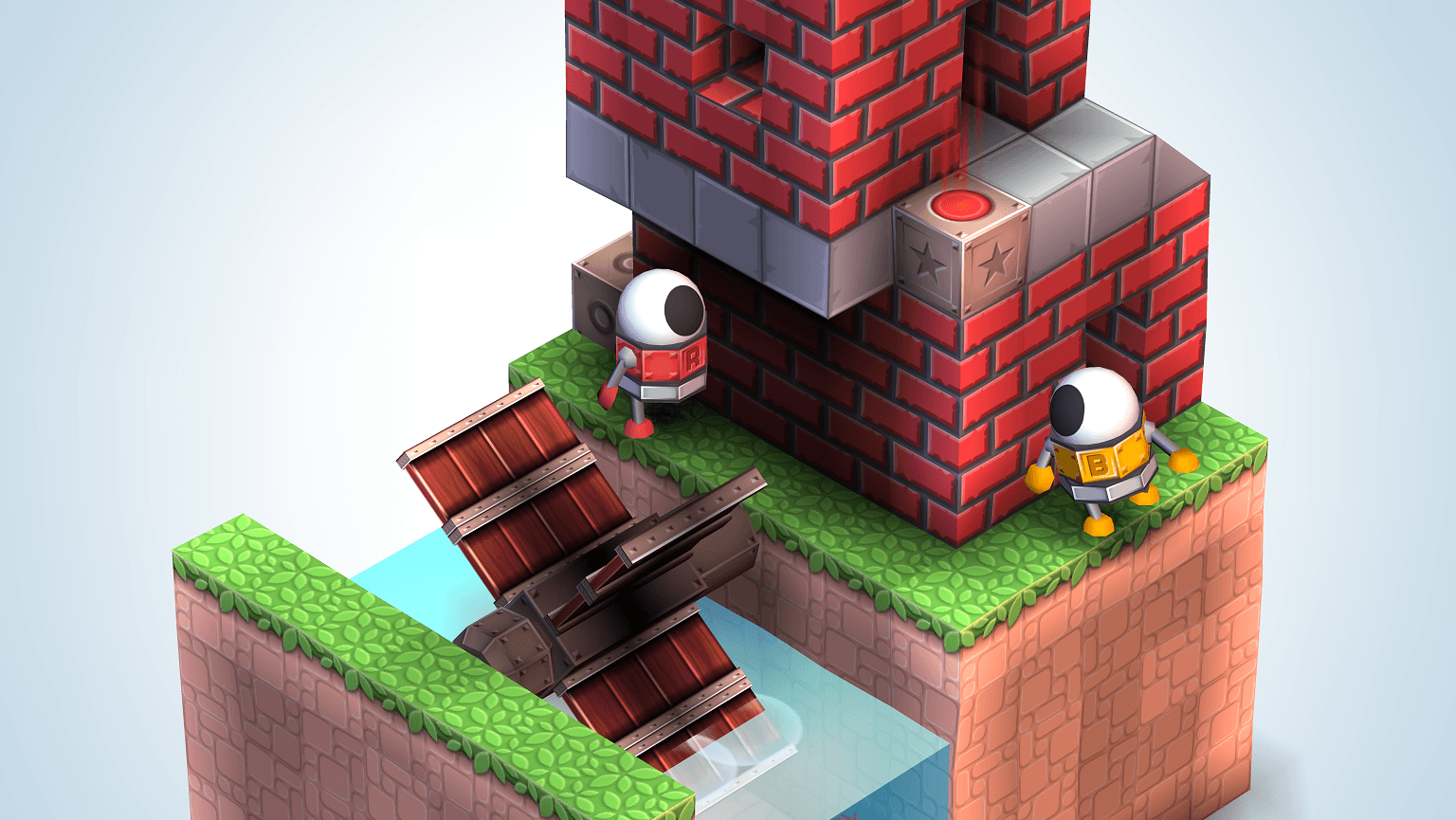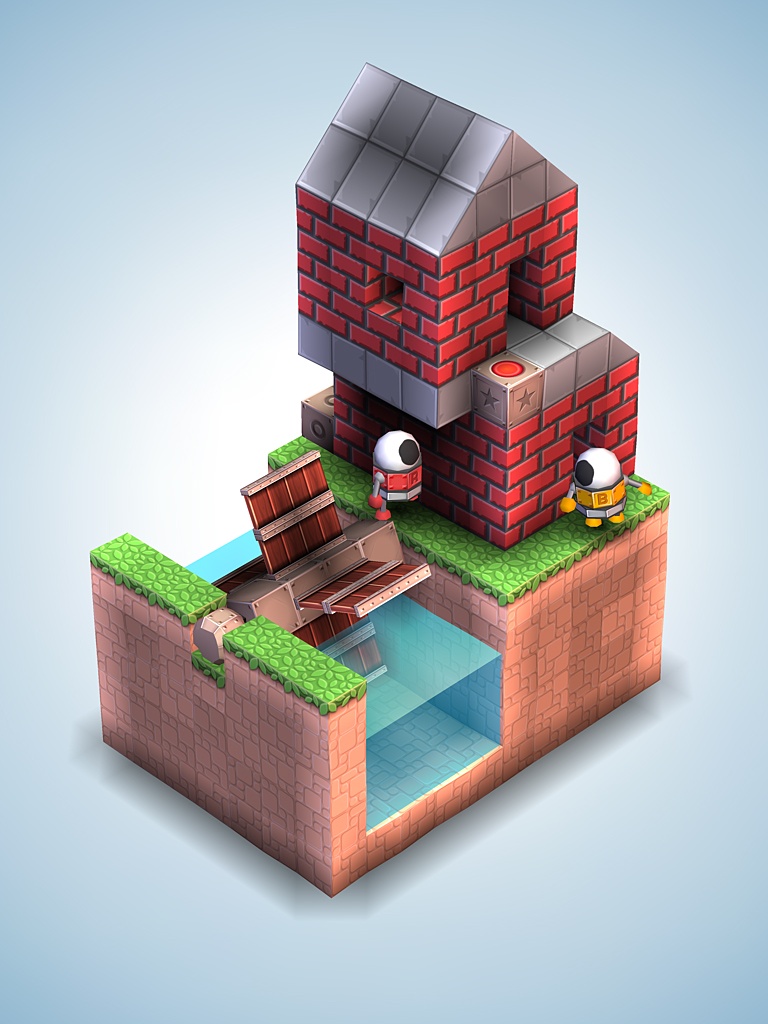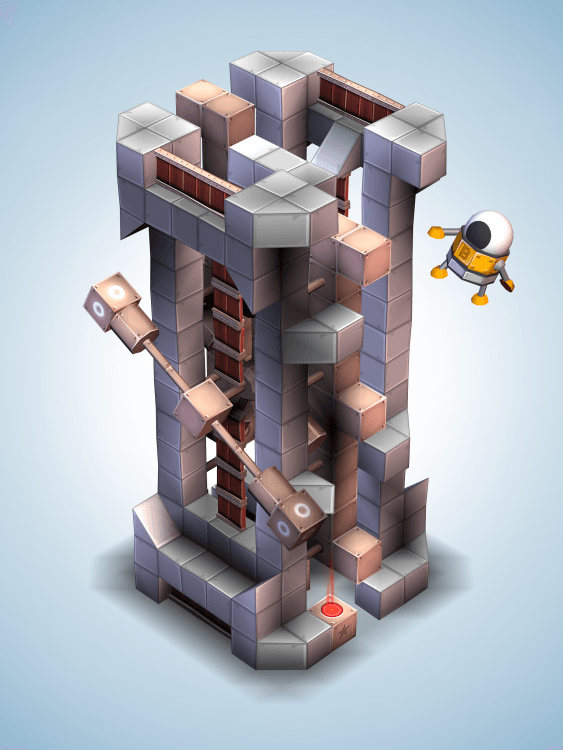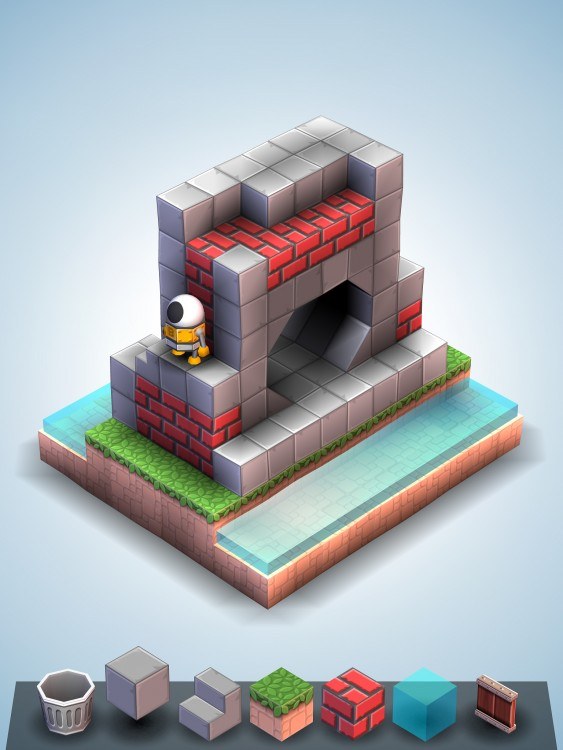- Wondering how to get Monopoly GO! free rolls? Well, you’ve come to the right place. In this guide, we provide you with a bunch of tips and tricks to get some free rolls for the hit new mobile game. We’ll …
Best Roblox Horror Games to Play Right Now – Updated Weekly
By Adele Wilson
Our Best Roblox Horror Games guide features the scariest and most creative experiences to play right now on the platform!The BEST Roblox Games of The Week – Games You Need To Play!
By Sho Roberts
Our feature shares our pick for the Best Roblox Games of the week! With our feature, we guarantee you'll find something new to play!Type Soul Clan Rarity Guide – All Legendary And Common Clans Listed!
By Nathan Ball
Wondering what your odds of rolling a particular Clan are? Wonder no more, with my handy Type Soul Clan Rarity guide.
Mekorama Tips, Cheats and Strategies
Mekorama from creator Martin Magni is a charming puzzler featuring a pudgy robot shuffling adorably through mechanical 3D dioramas. The game offers 50 native levels along with the ability to make your own puzzles or try to solve those of …

Mekorama from creator Martin Magni is a charming puzzler featuring a pudgy robot shuffling adorably through mechanical 3D dioramas. The game offers 50 native levels along with the ability to make your own puzzles or try to solve those of other players. If you’re looking to waddle through the game successfully, check out Gamezebo’s tips, cheats and strategies. Plus we also have some advice directly from The Great Magni himself to help you play the levels he designed and to build your own.

- First things first- free your camera. On the fifth screen of the menu, turn “free camera” on. If it’s turned off you can only rotate the diorama 90 degrees at a time which will make it very difficult to see into certain sections of the puzzle.
- Aim carefully when heading to small cubes with gaps around them. It is very easy to overshoot and then fall off of your diorama with no way to get back on. If you do so, you’ll simply have to restart the level.
- If a component in the scene rotates, you can balance on it at different angles while it spins as long as you move slowly and carefully. You will eventually fall off, however, so only use it as needed to turn a corner or get to a stable platform.

- You don’t have to see the whole path in front of you to move forward. As long as there is no obstruction within the section you can’t see, you can tap an accessible block anywhere along the path you’re trying to progress through and your robot will advance to your destination block.
- If it’s not immediately apparent where you need to go to accomplish your goal, start tapping around the blocks to see what’s open (denoted by a little splash circle) and what’s off limits (denoted by a red x). Your robot will move to whatever is open which will begin to reveal how you should advance.
- Before you begin advancing through the complicated maze-like levels, reverse engineer the maze by tracing your path backwards from the goal as far as you can; this will create a conceptual goal that’s closer to your starting point and feels a little less difficult.
- If you quit the game while you’re in the middle of working on a level, your progress isn’t saved. Make sure you’re ready to start from scratch if you quit.
- If you get stuck, any in-app purchase in support of the game (since all gameplay is entirely free) will open up hints for all puzzles.

- There are infinite ways to create your own level, which can be overwhelming. Try reproducing a simple, early native level to see how it was built and once you have the components, swap out parts to make it unique. If you want to start from scratch, try building a platform of stable elements with your starting point and ending point in place, then incrementally remove pieces and replace them with obstacles or moving parts.
Martin Magni’s tips for native levels
- Sometimes the level name is a clue.
- If an area is dark and hard to see, that’s probably by design; the solution won’t be to look harder.
- Red bots always turn 90 degrees right.
- You’re safe as long as you stay one square away from zappers.
Magni’s tips for building your own levels
- Start with an idea for a mechanic. Build something as simple as possible to test it. If the idea works out you can do some final styling to make the level look great.
- Make sure areas where the player needs to tap are easily accessible. Levels where you walk around a central pillar work better than levels where you walk in an area surrounded by walls.
- The exit button will trigger for any object, not just B (the robot).
- Less is more. Or is that just my personal preference?
More articles...
Monopoly GO! Free Rolls – Links For Free Dice
By Glen Fox
Wondering how to get Monopoly GO! free rolls? Well, you’ve come to the right place. In this guide, we provide you with a bunch of tips and tricks to get some free rolls for the hit new mobile game. We’ll …Best Roblox Horror Games to Play Right Now – Updated Weekly
By Adele Wilson
Our Best Roblox Horror Games guide features the scariest and most creative experiences to play right now on the platform!The BEST Roblox Games of The Week – Games You Need To Play!
By Sho Roberts
Our feature shares our pick for the Best Roblox Games of the week! With our feature, we guarantee you'll find something new to play!Type Soul Clan Rarity Guide – All Legendary And Common Clans Listed!
By Nathan Ball
Wondering what your odds of rolling a particular Clan are? Wonder no more, with my handy Type Soul Clan Rarity guide.







